Note: Images represent material available either in our warehouse or through our network of local suppliers.
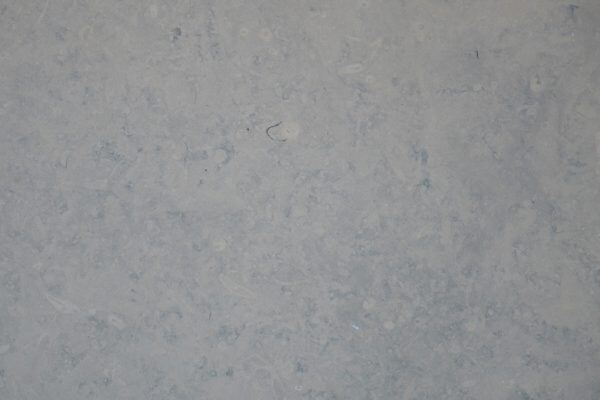
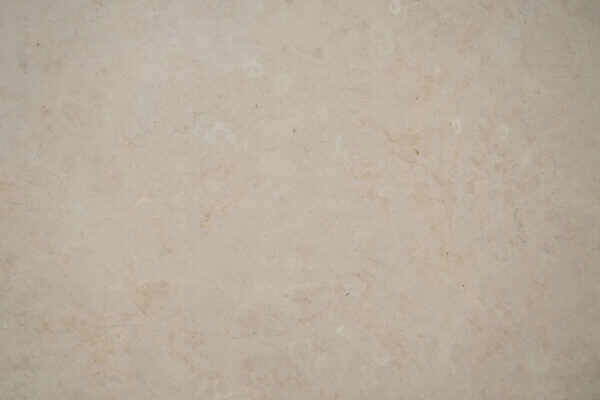
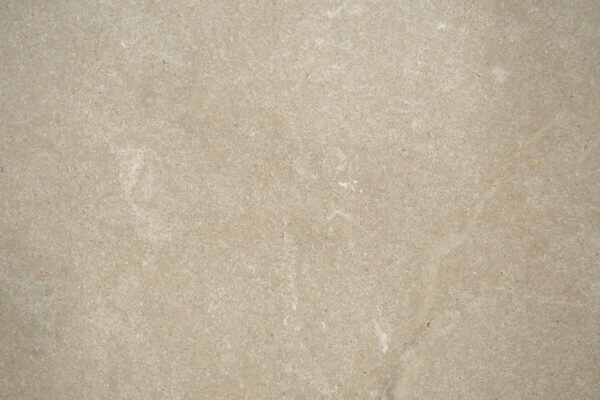
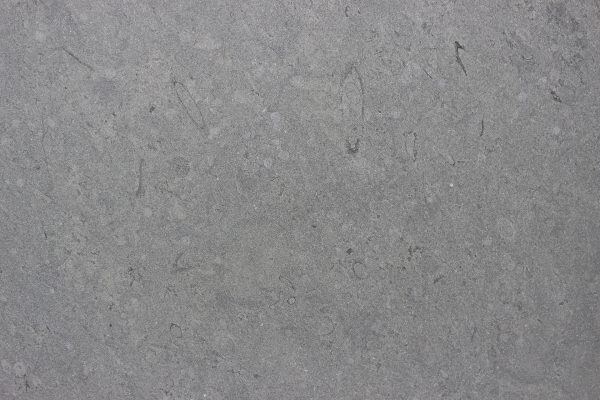


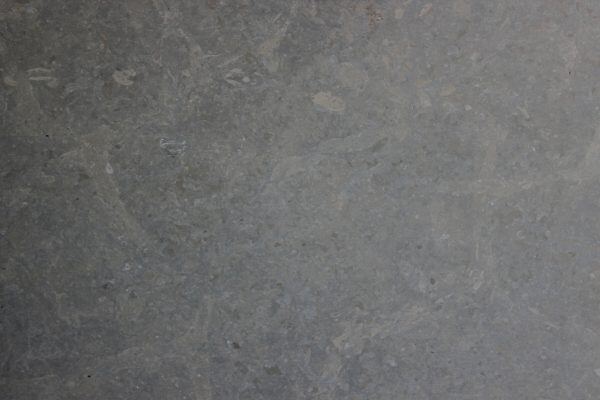
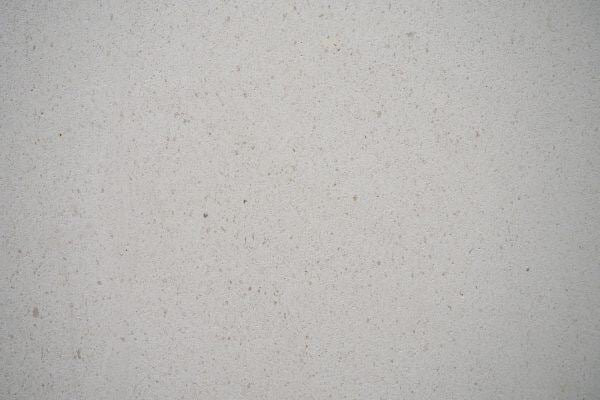
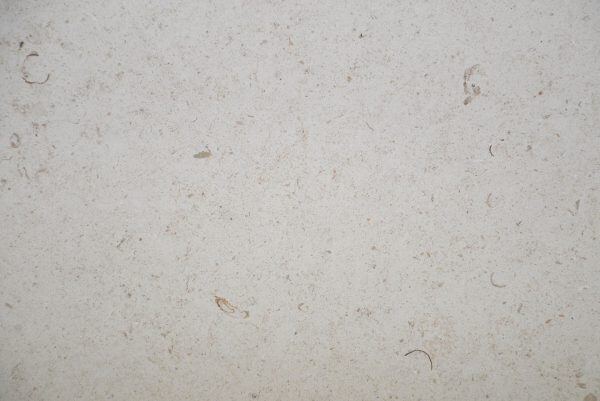
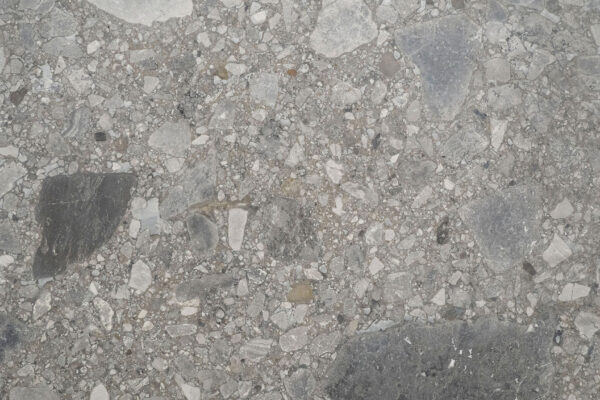




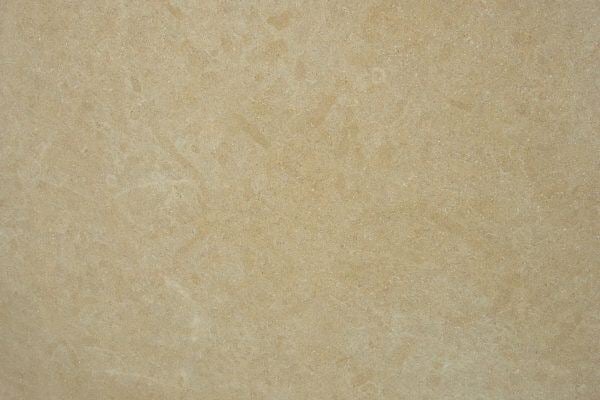
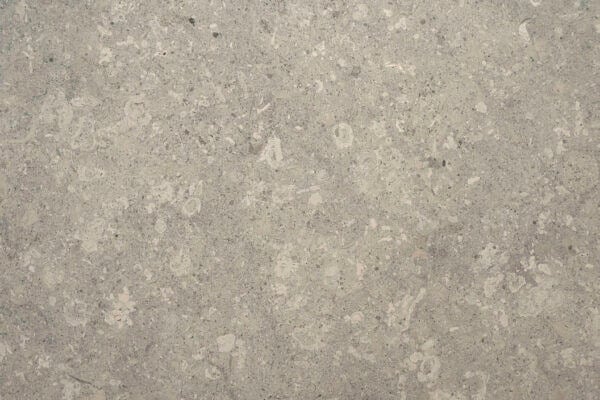
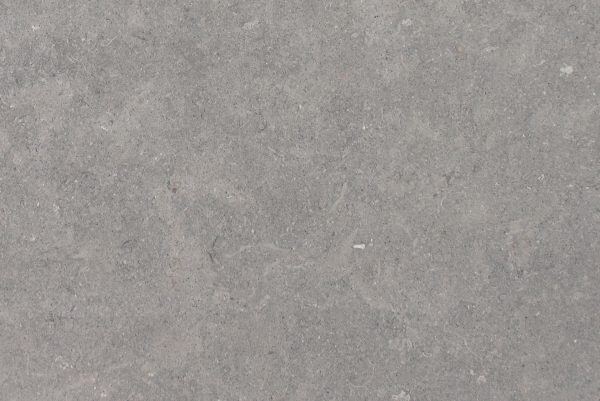
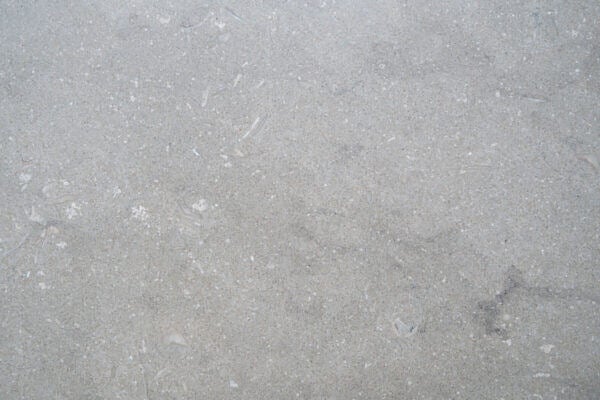
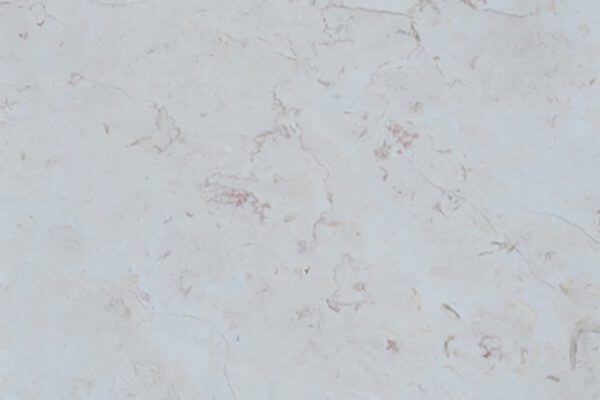
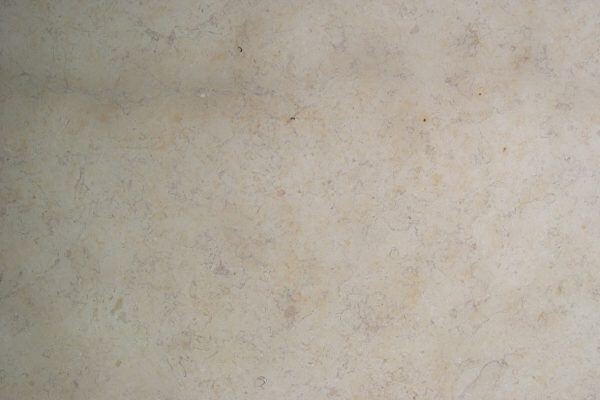


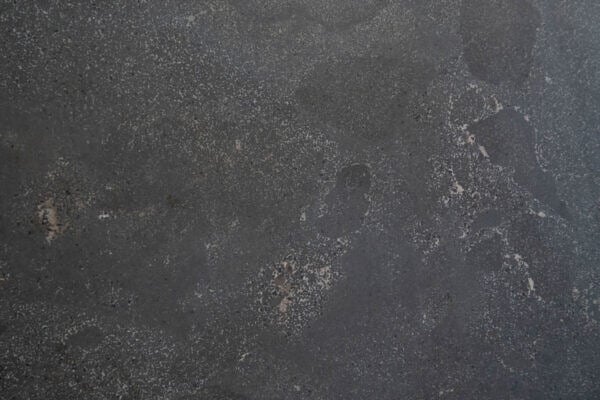
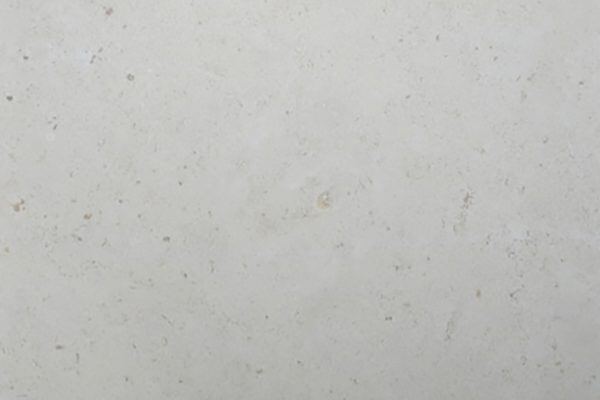

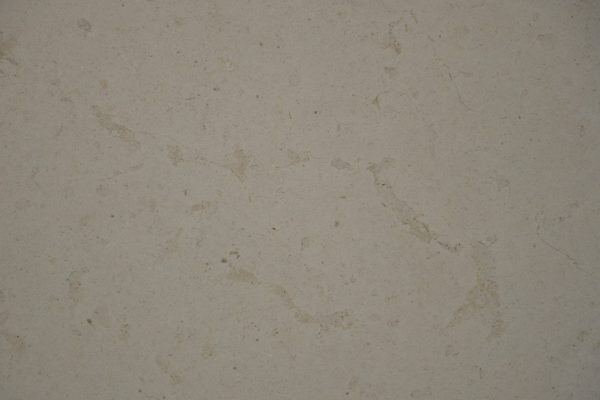
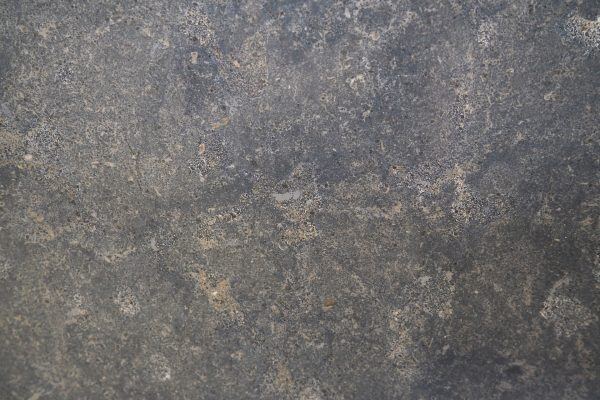
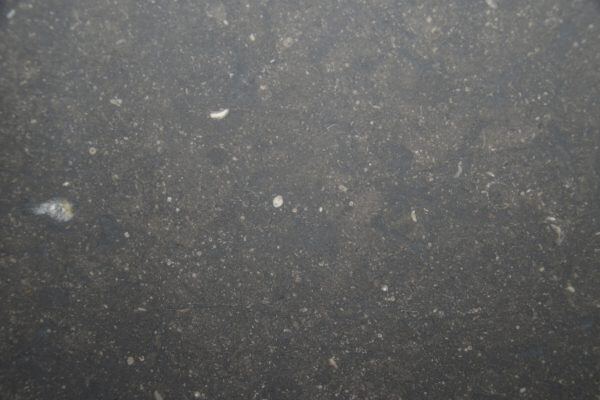
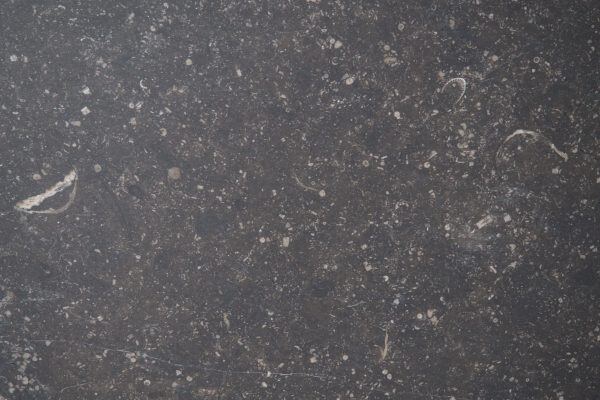

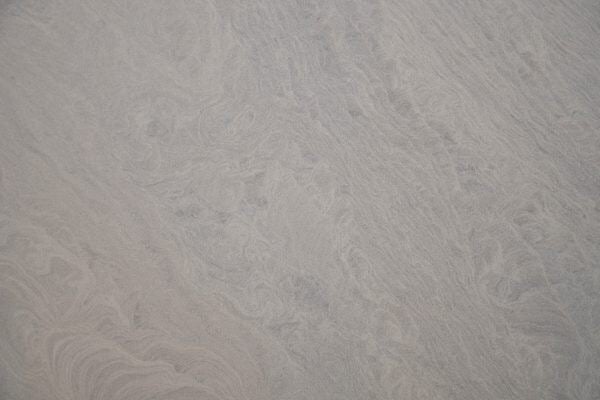
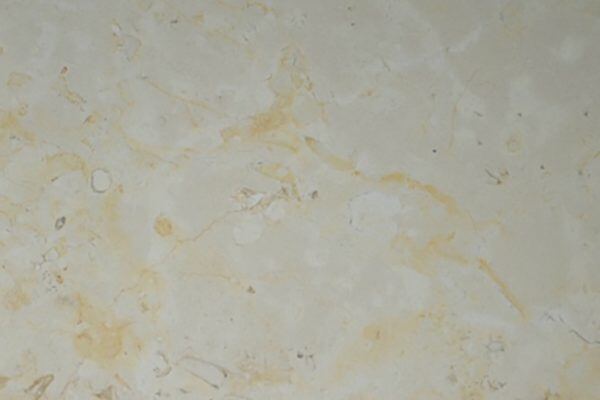
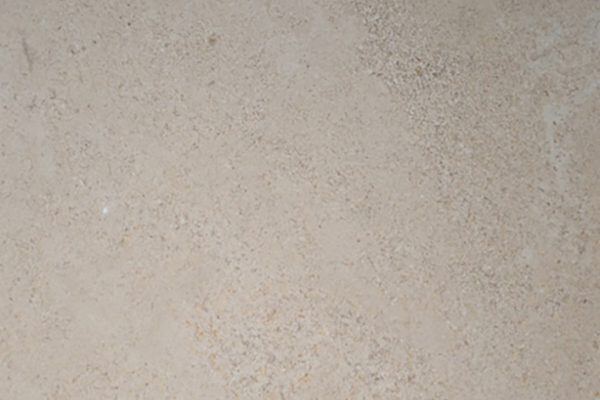
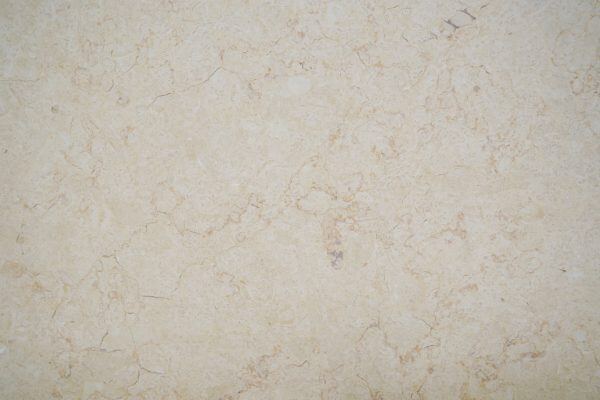

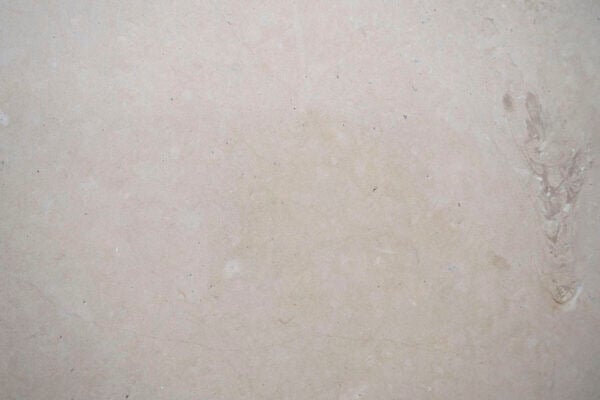
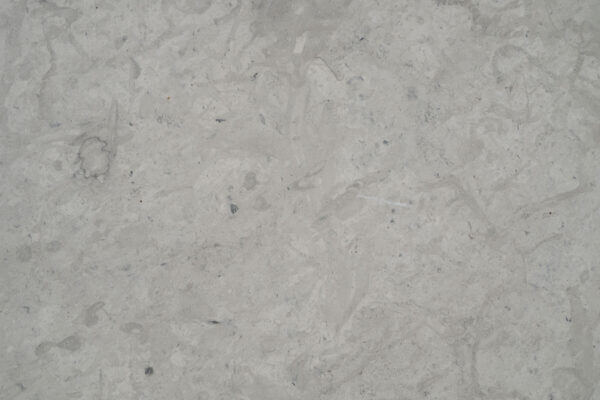

Limestone Countertops
(Granite Guy’s Thoughts)
Limestone Countertops: Subtle Elegance and Enduring Charm
Limestone is a classic natural stone renowned for gracing both historical landmarks and contemporary interiors with its understated elegance and inviting warmth. Known for its subtle textures and earthy tones, limestone delivers a quiet sophistication that effortlessly complements diverse design styles. Whether it’s a traditional kitchen or a modern bathroom, limestone countertops offer a natural beauty that stands the test of time.
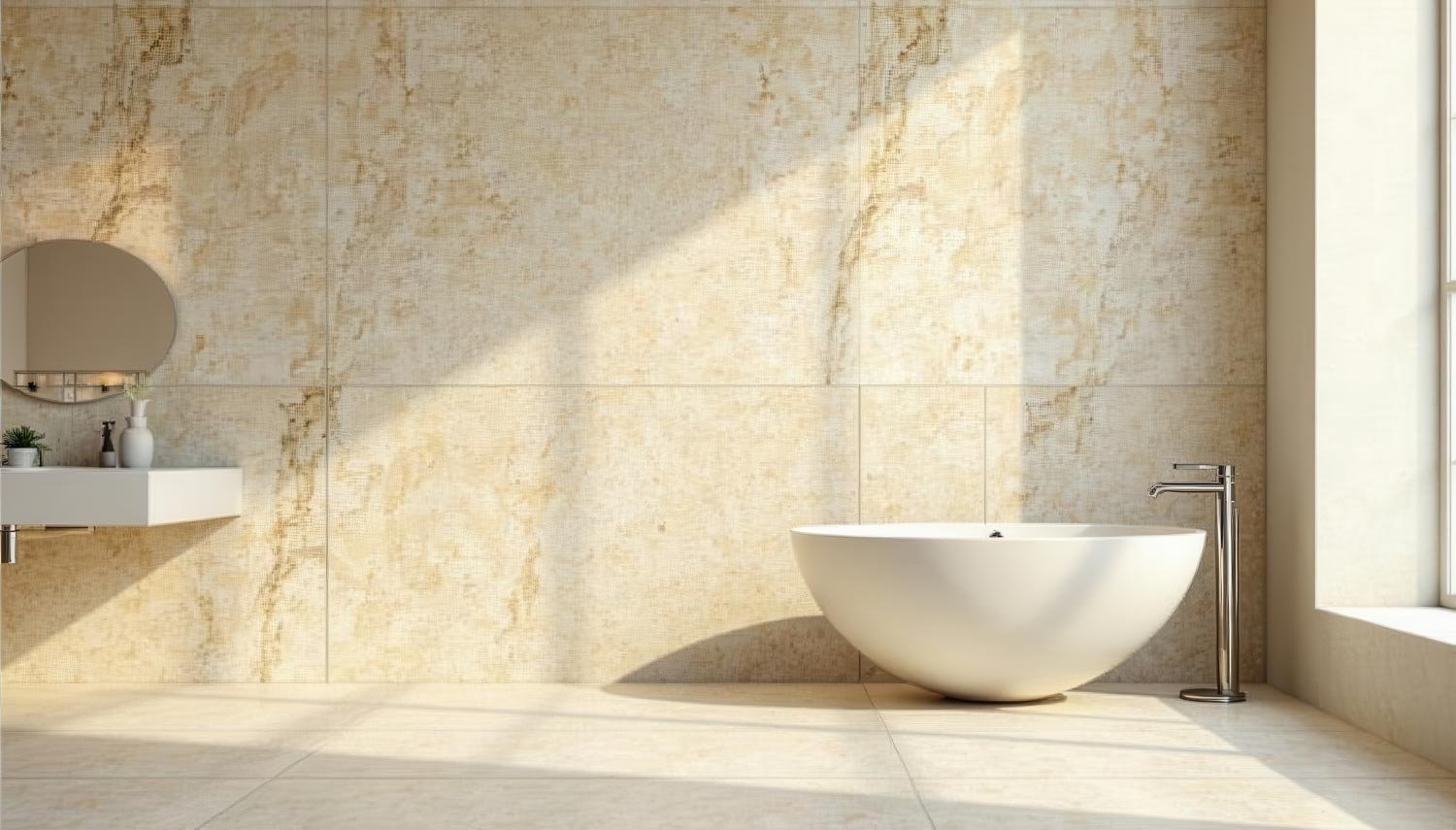
Benefits of Using Limestone
Limestone has several advantages that make it a unique choice for interior design:
- Subtle Elegance: Limestone’s natural, muted colors—ranging from creamy whites and beiges to soft grays—offer a refined, understated aesthetic that enhances any space.
- Timeless Appeal: With a rich historical legacy and a classic look, limestone brings a sense of permanence and tradition.
- Warmth and Softness: The stone’s warm hues create a welcoming atmosphere, making it ideal for residential spaces that seek to evoke comfort and homeliness.
- Versatile Applications: Limestone’s neutral palette makes it an excellent canvas for a variety of finishes, suitable for countertops, flooring, wall cladding, and decorative accents.
- Eco-Friendly: Limestone is a natural, abundant resource that often requires minimal processing, making it an environmentally responsible choice.
- Customization: Available in various finishes—honed, polished, or textured—limestone can be tailored to suit both modern and traditional design sensibilities.
How Limestone is Formed
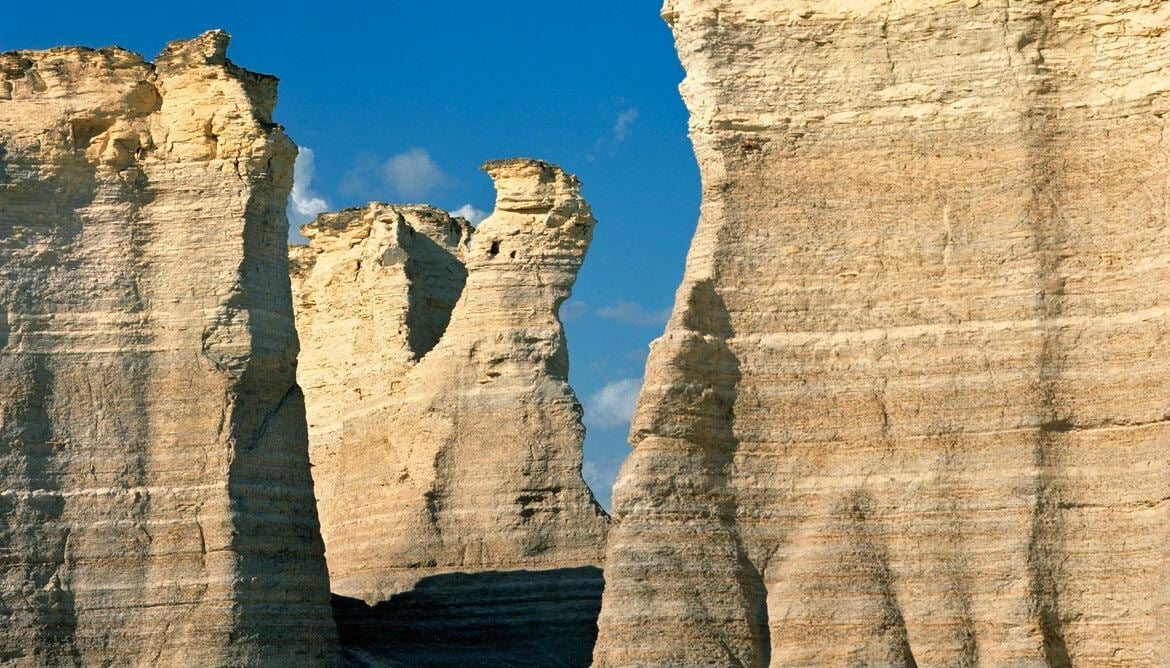
Limestone is a sedimentary rock formed over millions of years through the accumulation of marine organisms and mineral deposits. Composed primarily of calcium carbonate, it originates from the compacted shells and skeletal fragments of ancient sea life—a process known as biogenic formation. Its color and texture are shaped by the environment in which it forms, with minerals like iron oxide or clay adding distinct hues and patterns that make each slab one of a kind. A defining characteristic of limestone is its visible stratification—layered formations that add natural texture and depth. As it weathers over time, limestone develops a soft patina that enhances its charm and adds to its timeless appeal.
Types and Options for Limestone
Limestone is available in various types and finishes, providing ample design flexibility:
- Polished Limestone: This finish produces a smooth, glossy surface that reflects light and adds a touch of modern elegance to any space.
- Honed Limestone: A honed finish offers a matte, natural look that emphasizes the stone’s inherent texture and soft color variations.
- Tumbled Limestone: With a weathered, antiqued appearance, tumbled limestone creates a rustic yet sophisticated look.
- Regional Varieties: Limestone is quarried in many parts of the world, with notable examples including French limestone, Indiana limestone, and Texas limestone. Each source offers subtle differences in color and grain, allowing designers to select the perfect match for their project.
Comparisons to Other Countertop Materials

Limestone vs. Marble:
Both stones are calcium carbonate based, but while marble typically features dramatic veining and a polished finish, limestone is more subdued, offering a softer, more consistent appearance.

Limestone vs. Granite:
Granite is a much harder, crystalline stone that provides higher durability and resistance to scratches. Limestone, on the other hand, offers a warm, organic feel that works well in low to moderate traffic areas.

Limestone vs. Quartz:
Engineered quartz provides uniformity and low maintenance, whereas limestone’s natural variability and organic texture appeal to those who appreciate a more artisanal, natural look.

Limestone vs. Travertine:
Although both are sedimentary stones, travertine is characterized by its porous structure and distinct pitting, while limestone tends to have a more uniform, fine-grained texture.

Limestone vs. Onyx:
Onyx is celebrated for its translucence and dramatic appearance, whereas limestone is more reserved in its beauty, offering a subtle elegance that lends itself to classic, timeless designs.
Basic Cost Comparison
Why Limestone Has Become Popular
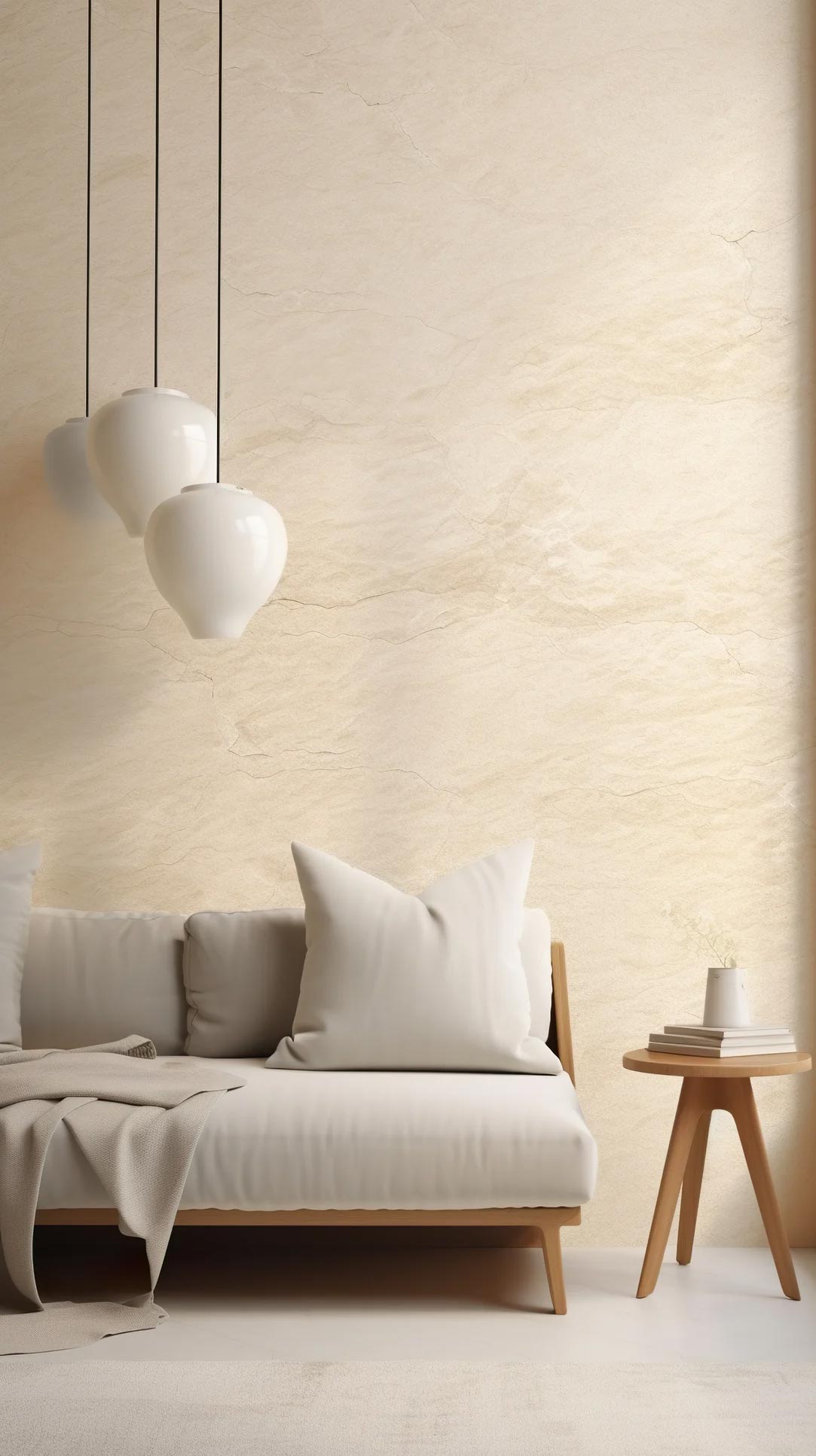
Several key factors contribute to limestone's enduring popularity in residential and commercial design:
-
Classic Aesthetic: Limestone's natural, earthy tones create an elegant and timeless appeal, perfect for those who favor classic charm over dramatic or modern trends.
-
Versatility in Design: Its neutral palette and variety of available finishes make limestone adaptable to diverse design themes, ranging from rustic farmhouse to contemporary minimalist.
-
Historical Significance: Limestone has been featured in some of the world’s most iconic structures, imparting an aura of heritage and sophistication.
-
Eco-Friendly Appeal: As sustainability grows increasingly important, limestone's natural formation and minimal processing make it an attractive choice for environmentally conscious homeowners.
-
Outdoor Comfort: Limestone remains cooler under direct sunlight compared to many other stones, making it ideal for outdoor applications such as pool surrounds, patios, coffee tables, and outdoor kitchens.
-
Customizable Texture: Whether polished for a refined, sleek finish or honed for a warm, natural look, limestone can be customized to meet specific aesthetic and functional requirements of any project.
How Limestone is Used in the Home
Limestone’s subtle beauty and versatility make it a popular choice for a variety of home applications:
- Kitchen Countertops: Limestone countertops offer a soft, elegant look in kitchens, especially in spaces where a warm, inviting atmosphere is desired. While not as hard as granite, limestone’s aesthetic appeal and gentle appearance can complement both traditional and modern kitchens.
- Bathroom Vanities: In bathrooms, limestone adds a touch of luxury and understated charm. Its natural, earthy tones work well with a variety of fixtures and accent pieces.
- Wall Cladding: Limestone is often used for interior wall cladding, creating a seamless, natural backdrop that enhances other design elements in the room.
- Fireplace Surrounds: The warm tones of limestone make it an ideal material for fireplace surrounds, adding a rustic yet refined touch to the living space.
- Outdoor Applications: With proper sealing, limestone can be used in patios, pool surrounds, and outdoor kitchens, where its natural beauty complements the landscape.
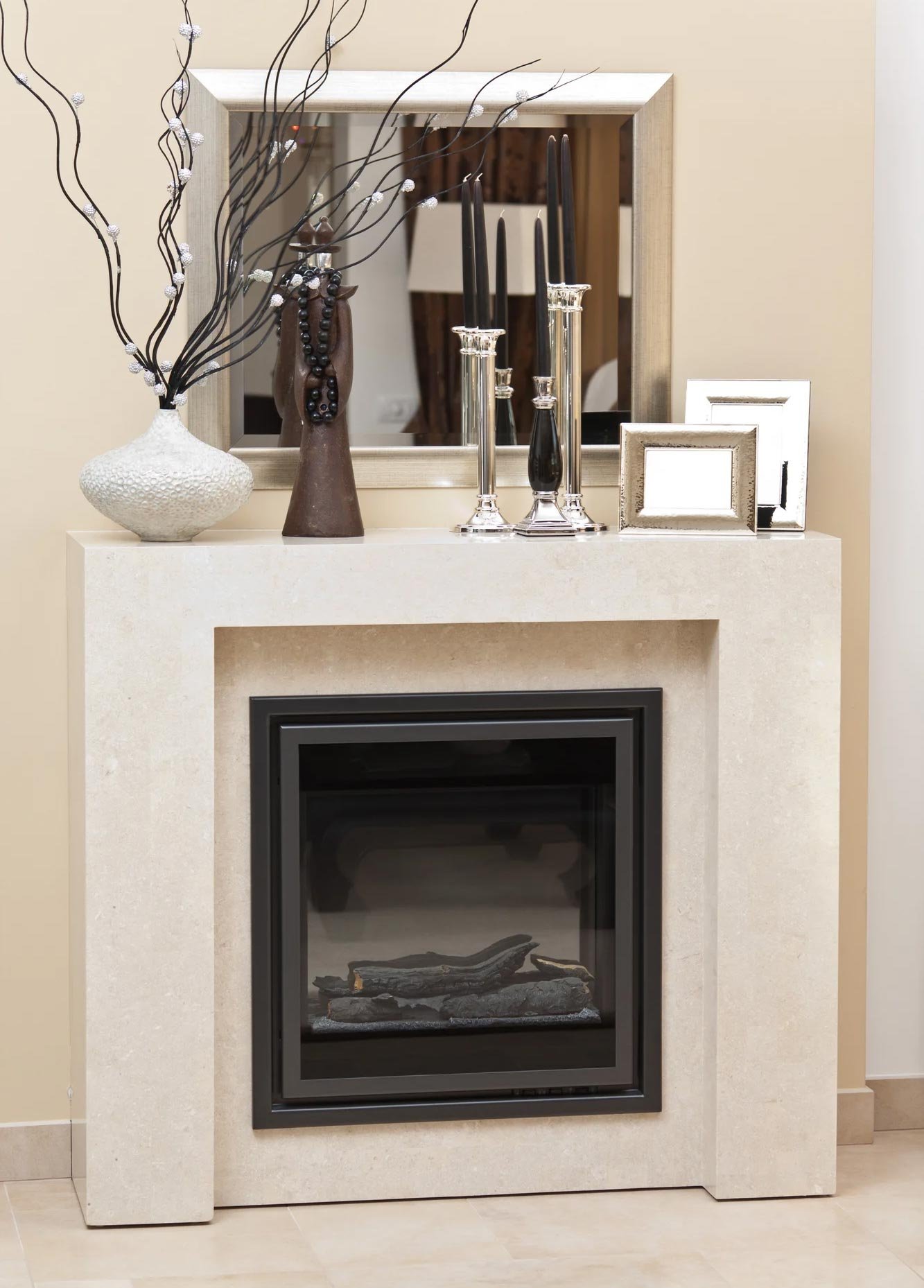
Care and Maintenance of Limestone
Proper care is essential to preserve the beauty of limestone surfaces:
- Sealing: Limestone is porous and should be sealed periodically to protect it from stains, moisture, and bacteria. The frequency of sealing depends on the stone’s usage and the specific environment.
- Gentle Cleaning: Use pH-neutral cleaners and soft cloths to clean limestone surfaces. Avoid acidic or abrasive cleaners that can etch or damage the stone.
- Preventative Measures: Wipe up spills promptly to prevent staining. Use cutting boards and trivets to minimize scratches and direct contact with hot items.
- Professional Maintenance: Over time, professional polishing or refinishing may be necessary to restore the stone’s original luster and repair any wear.
- Routine Care: Regular dusting and cleaning with mild soap and water can help maintain limestone’s appearance while ensuring its longevity.
Transform Your Home with Limestone
Limestone stands as a testament to understated elegance and natural beauty. Its warm, earthy hues and refined texture offer a timeless charm that seamlessly blends into both traditional and modern interiors. Whether used for kitchen countertops, bathroom vanities, flooring, or accent walls, limestone provides a subtle yet sophisticated backdrop that enhances the overall design of any space. While it requires careful maintenance due to its porous nature, the investment in limestone yields a classic, enduring aesthetic that many homeowners find irresistible. In today’s design landscape—where sustainability, authenticity, and natural beauty are highly valued—limestone remains a popular choice that delivers both form and function.






